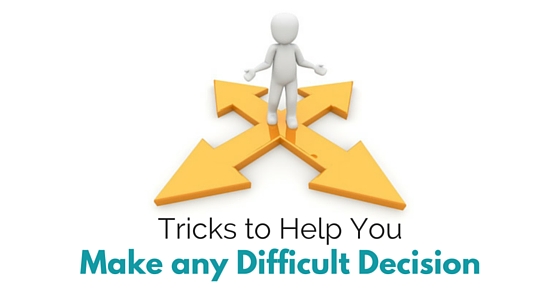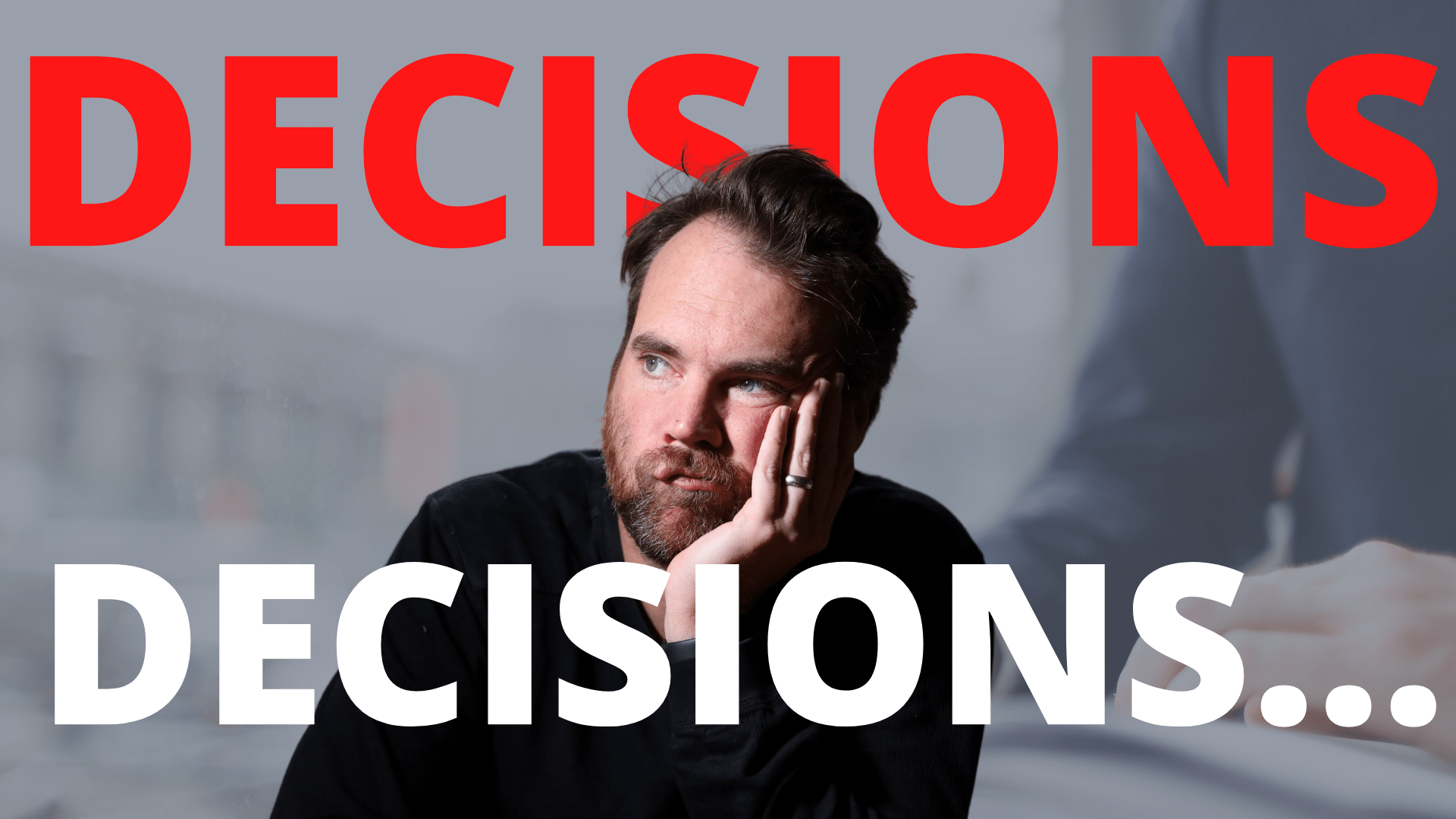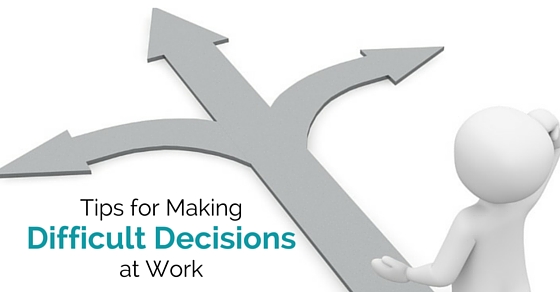How Do You Make Difficult Decisions

Every day, from choosing what to eat for breakfast to making pivotal career moves, we are bombarded with decisions. But what happens when the stakes are high, when the paths are unclear, and when the weight of the consequences feels crushing? Navigating these difficult decisions is a skill, one that can be honed and improved with the right tools and mindset.
This article delves into the strategies and frameworks individuals and organizations can employ to approach tough choices with greater clarity and confidence. We will explore cognitive biases that cloud judgment, the importance of data-driven analysis, and the ethical considerations that must be weighed. Ultimately, understanding the mechanics of decision-making empowers us to face complex challenges head-on and make choices that align with our values and goals.
Understanding the Psychology of Decision-Making
Our brains are wired with cognitive shortcuts, or biases, that can often lead us astray when faced with complex decisions. The availability heuristic, for example, leads us to overestimate the likelihood of events that are easily recalled, like dramatic news stories.
Similarly, confirmation bias can trap us into seeking out information that confirms our existing beliefs, while ignoring evidence to the contrary. Acknowledging these biases is the first crucial step in mitigating their influence. Harvard Business Review recommends implementing strategies to diversify perspectives and challenge pre-conceived notions.
Another key aspect is understanding the role of emotions. While gut feelings can be valuable, relying solely on them in high-stakes scenarios is risky. Incorporating logical analysis and structured frameworks is essential for mitigating emotional influences.
Data-Driven Decision-Making: A Pragmatic Approach
In an increasingly data-rich world, leveraging data analysis is crucial for informed decision-making. This involves gathering relevant information, identifying key metrics, and using analytical tools to uncover patterns and insights. McKinsey & Company emphasizes the importance of creating a "decision dashboard" that tracks progress towards key objectives.
However, data alone is not enough. Critical thinking skills are needed to interpret data accurately and avoid drawing erroneous conclusions. This includes questioning assumptions, identifying potential biases in the data, and considering alternative explanations.
Organizations that foster a culture of data-driven decision-making empower their employees to make informed choices and continuously improve their performance. This involves providing training on data analysis techniques and creating systems for sharing insights across teams.
Ethical Considerations: Navigating Moral Dilemmas
Many difficult decisions involve ethical considerations, forcing us to weigh competing values and potential consequences. Utilitarianism, for example, focuses on maximizing overall happiness or well-being, while deontology emphasizes adherence to moral duties and principles.
Considering the ethical implications of decisions is not always easy. It requires careful reflection, empathy, and a willingness to challenge one's own assumptions. Consulting with ethicists, legal experts, or trusted advisors can provide valuable guidance in navigating complex moral dilemmas.
The Markkula Center for Applied Ethics at Santa Clara University offers a framework for ethical decision-making that includes identifying the ethical issues, exploring different options, evaluating the consequences of each option, and choosing the action that best aligns with one's values.
Frameworks for Structured Decision-Making
Several frameworks can help structure the decision-making process and ensure that all relevant factors are considered. One popular framework is the SWOT analysis, which involves identifying strengths, weaknesses, opportunities, and threats related to a particular decision.
Another useful framework is the pros and cons list, which helps to systematically weigh the advantages and disadvantages of different options. More sophisticated frameworks, such as decision trees, can be used to model the potential outcomes of different choices under uncertainty.
The key is to choose a framework that is appropriate for the specific decision at hand and to adapt it as needed. Regardless of the framework used, it's important to document the decision-making process and the rationale behind the final choice.
Building Resilience and Learning from Mistakes
Not every decision will be successful. Inevitably, we will make mistakes along the way. The key is to learn from these mistakes and use them as opportunities for growth. It also essential to build resilience - the ability to bounce back from setbacks.
This involves accepting that failure is a part of life, developing a growth mindset, and cultivating a support network of trusted advisors. By embracing a learning-oriented approach, we can transform difficult decisions into valuable lessons and improve our decision-making skills over time.
As Peter Drucker, the management guru, once said: "The best way to predict the future is to create it". Embracing challenges, making informed choices, and adapting to change are key to creating a successful and fulfilling future.


















